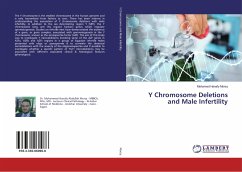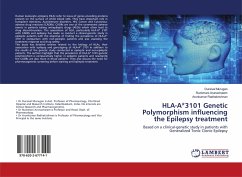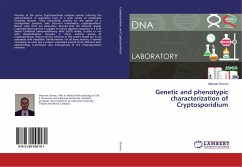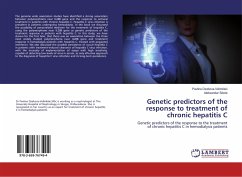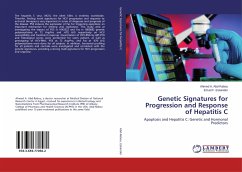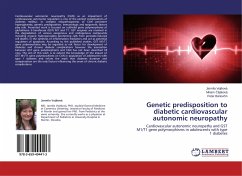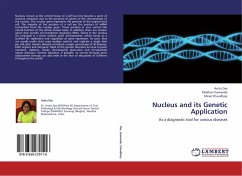
Nucleus and its Genetic Application
As a diagnostic tool for various diseases
Versandkostenfrei!
Versandfertig in 6-10 Tagen
32,99 €
inkl. MwSt.

PAYBACK Punkte
16 °P sammeln!
Nucleus, known as the control house of a cell has now become a point of research attraction due to the presence of genes on the chromosomes of the nucleus. The nuclear gene represents the genome of the original host cell. The majority of the proteins of a cell are the product of mRNA transcribed from the nuclear gene. These proteins in turn control the overall function of the whole human body. In addition, there are nuclear genes that encode non-translated regulatory RNAs. Genes in the nucleus are arranged in a linear fashion upon chromosomes, which serves as a scaffold for replication and reg...
Nucleus, known as the control house of a cell has now become a point of research attraction due to the presence of genes on the chromosomes of the nucleus. The nuclear gene represents the genome of the original host cell. The majority of the proteins of a cell are the product of mRNA transcribed from the nuclear gene. These proteins in turn control the overall function of the whole human body. In addition, there are nuclear genes that encode non-translated regulatory RNAs. Genes in the nucleus are arranged in a linear fashion upon chromosomes, which serves as a scaffold for replication and regulation of gene expression. As such, they are usually under strict copy number control, and replicate a single time per cell cycle. Genetic diseases constitute a major percentage of all diseases, both organic and inorganic. Most of the genetic disorders are due to point mutation, deletion, whole chromosomal aberration and trinucleotide repeat disorders. Genetic disorders, if possible, to correct through gene replacement therapy can add smile in the face of thousands of sufferers throughout the world.



